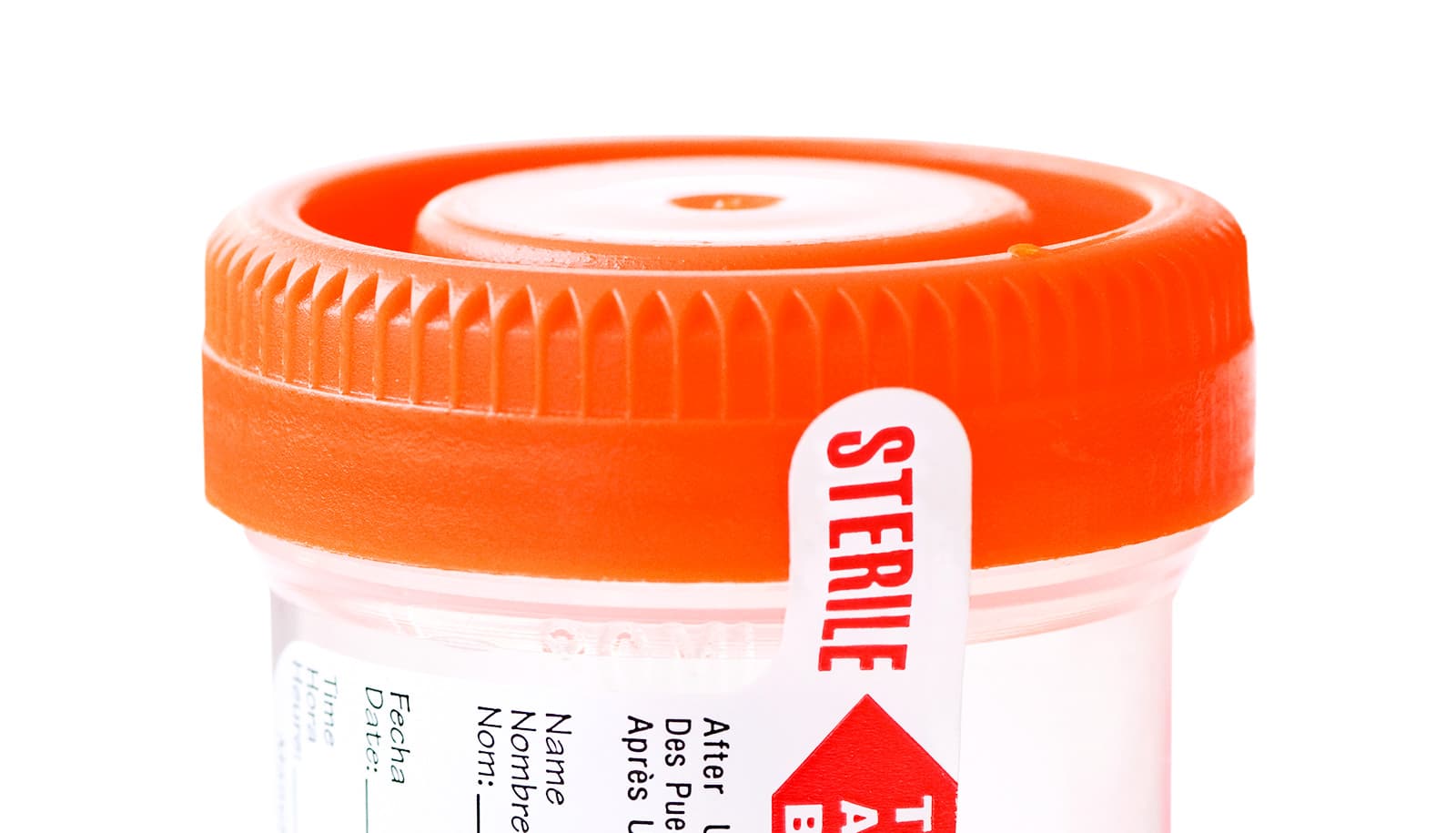In a small study, doctors have successfully transplanted kidneys infected with hepatitis C into non-infected patients without causing them to contract the disease.
“Figuring out how to use these kidneys is a way to do more transplants and save more lives.”
The success of the study, involving only 10 transplants, could eventually help make more organs available for the nearly 100,000 people in the United States waiting for a kidney transplant.
“Right now, most of the usable organs from donors with hepatitis C are discarded because there are very few hepatitis C-positive recipients on the waiting list,” says Niraj Desai, assistant professor of surgery at Johns Hopkins University. “Figuring out how to use these kidneys is a way to do more transplants and save more lives.”
Around 500 hepatitis C-positive kidneys are discarded from organ donors in the United States every year, says Desai, senior author of a paper on the study, which appears in the journal Annals of Internal Medicine.
Until recently, curing hepatitis C was difficult; treatment often included weekly injections, led to serious side effects that some patients could not tolerate, and did not cure all cases of the viral infection. That meant that organs—including kidneys—from hepatitis C-positive people were considered too high-risk to transplant into patients without the virus.
In the past seven years, however, a handful of new direct-acting antivirals have hit the market; the drugs cure more than 95 percent of all hepatitis C cases and carry few side effects. Desai and his colleagues thought it was time to try taking advantage of the new drugs to pave the way for using hepatitis C-positive kidneys for transplants.
“In this era of organ shortages, it’s difficult to watch good organs get discarded,” says Christine Durand, assistant professor at the Johns Hopkins University School of Medicine. “This was a great opportunity to take a neglected public health resource and put it to good use.”
Desai, Durand, and their colleagues approached patients over 50 who were awaiting kidney transplants, had no previous transplants and no available living donors, and were negative for hepatitis C, hepatitis B, and HIV. Ten patients agreed to receive hepatitis C-positive kidneys. Their average age was 71 and they had been on the transplant waiting list an average of four months. All donor kidneys were recovered from donors aged 13 through 50, tested positive for hepatitis C, and showed no evidence of kidney disease. Researchers tested the donors’ blood for strain and quantity of hepatitis C virus.
How to make 174 more donor kidneys available per year
Each recipient received a dose of grazoprevir/elbasvir, an oral combination pill, while waiting to go into the operating room for transplant. Each continued taking a dose daily for 12 weeks after transplantation. Three patients also took a daily dose of sofosbuvir, due to the strain of hepatitis found in their donor organs.
Researchers never detected hepatitis C RNA in the blood of five recipients. In the other patients, low levels of virus appeared shortly after transplant but became undetectable within days or a week. None of the recipients developed any clinical signs of chronic hepatitis C infection, and all the kidneys functioned well. All patients are at least a year out from transplant and doing well, Desai says.
“This was an overwhelmingly positive study,” says Durand.
The researchers would next like to see their results replicated in a larger multicenter trial. If success continues, it could pave the way for other hepatitis C-positive organs, including hearts and livers, to be transplanted as well, they say.
“We’re always trying to expand what we consider acceptable for an organ donor,” Durand says.
Due to the opioid epidemic and deaths from drug overdoses—many of which occur in hepatitis C-positive individuals—there are an increasing number of hepatitis C-positive organs available. Being able to use these organs for transplants could mean many hundreds of lives saved each year.
“These 10 kidneys we used are 10 kidneys that would not have been transplanted outside of this study,” says Desai. “They would have been discarded.”
New rules mean more kidney transplants for blacks, Hispanics
Funding for the study came from Merck Sharp & Dohme Corp, the National Cancer Institute, the National Institute of Diabetes and Digestive and Kidney Diseases, and the National Institute of Allergy and Infectious Disease.
Source: Johns Hopkins University



